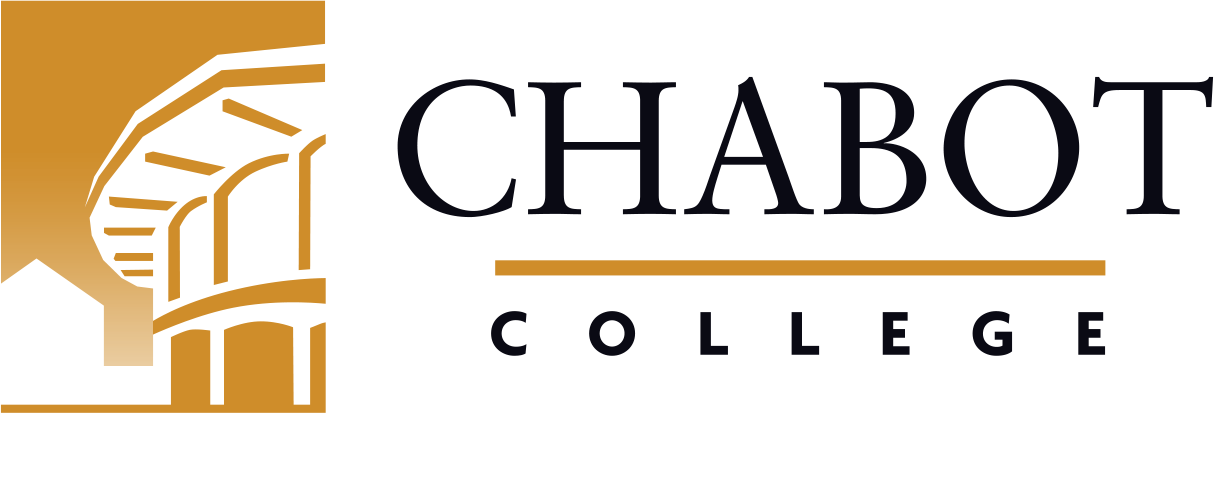
Course Outline for Mathematics 8
Discrete Mathematics
Effective: Fall 2024
SLO Rev:
SLO Rev:
Catalog Description:
MTH 8 - Discrete Mathematics
3.00 Units
Sets, relations and functions; logic, methods of proof, induction; combinatorics, discrete probability, recursion, and recurrence relations; graphs and trees; logic circuits; finite state machines. Designed for majors in mathematics and computer science.
Prerequisite: MTH 1, Strongly Recommended: CSCI 14.
1701.00 - Mathematics, General
Letter Grade Only
| Type | Units | Inside of Class Hours | Outside of Class Hours | Total Student Learning Hours |
|---|---|---|---|---|
| Lecture | 3.00 | 54.00 | 108.00 | 162.00 |
| Laboratory | 0.00 | 18.00 | 0.00 | 18.00 |
| Total | 3.00 | 72.00 | 108.00 | 180.00 |
Measurable Objectives:
Upon completion of this course, the student should be able to:
- write proofs using symbolic logic and Boolean Algebra;
- prove mathematical statements using proof by contradiction, proof by contraposition and proof by cases;
- apply mathematical induction to problems in sequences, series, and algorithms;
- solve counting problems using elementary counting techniques: sum and product rules; pigeonhole principle, combinations and permutations; inclusion/exclusion principle;
- use sets to solve problems in combinatorics and probability theory;
- use recursion to analyze algorithms and programs;
- apply matrices to analyze graphs and trees;
- apply concepts of graph theory to path problems (e.g., shortest path, Euler path, Hamilton path);
- perform algorithms to traverse a tree and to find a minimum spanning tree in a graph;
- apply laws of Boolean algebra to simplifying logic circuits;
- solve probability problems using probability rules and properties of random variables;
- use finite state machines to model computer operations;
- design a finite state machine to recognize a given language.
Course Content:
- Propositional and Predicate Logic
- Symbolic representation of statements
- Tautologies
- Logical implication
- Logical Equivalence
- Rules of inferrence
- Applications to logic programming
- Sets, functions and relations
- Mathematical induction and applications to proving correctness of recursively defined funtions
- Analysis of algorithms
- Big Oh notation
- Recurrence relations
- Combinatorics
- Permutaions and cominations
- Priciple of inclusion and exclusion
- Pigeonhole principle
- Binomial Theorem
- Applications to probability
- Big Oh notation, complexity of algorithms
- Graphs and Trees
- Their Representations
- Decision trees
- Huffman Codes
- Graphs and Tree Algorithms
- Euler and Hamilton paths
- Graph isomorphism
- Minimal spanning tree
- Shortest path
- Transversals
- Articulation points
- Warshall's algorithm
- Boolean algebra, logic circuits, Karnaugh maps
- Modeling computation with finite automata and languages
- Finite state machines
- Turing machines
Lab:
- Proof techniques
- Proof by cases
- Proof by contradiction
- Proof by contraposition
- Constructive and non-constructive existence proofs
- Applications in number theory
- Infinitude of primes
- Irrationality of sqrt(2)
- Properties of modular arithmetic
Methods of Instruction:
- Lecture/Discussion
- Demonstration/Exercise
- Problem Solving
- Group Activities
- Distance Education
Assignments and Methods of Evaluating Student Progress:
- How many different functions are there from a set of 6 elements to itself? How many of them are: (a) onto? (b) not onto? (c) one-to-one (d) not one-to-one?
- Let f(x) = x^2 +1, x is real on [ -2, 4]. Define a relation R on A X A to be (a, b) is in R if and only if f(a) = f(b). Show R is an equivalence relation. Describe the equivalence classes.
- Design an algorithm that determines whether a function from a set of n elements to itself is one-to-one, and another that determines whether the function is onto.
- Exams/Tests
- Quizzes
- Homework
- Final Examination
Upon the completion of this course, the student should be able to:
- Critically analyze mathematical problems using a logical methodology.
- Communicate mathematical ideas, understand definitions, and interpret concepts.
- Increase confidence in understanding mathematical concepts, communicating ideas and thinking analytically.
Textbooks (Typical):
- Rosen, Kenneth (2019). Discrete Mathematics (8th). McGraw-Hill Publishers.
- A scientific calculator may be required.
Abbreviated Class Schedule Description:
Sets, relations and functions; logic, methods of proof, induction; combinatorics, discrete probability, recursion, and recurrence relations; graphs and trees; logic circuits; finite state machines. Designed for majors in mathematics and computer science.
Prerequisite: MTH 1, Strongly Recommended: CSCI 14.
Discipline:
Mathematics*, or Computer Science*